Lighting is central to how people function within an office space
Flush mount office ceiling lights are the primary sources of general and task lighting in workspaces with ceiling heights of 9 feet or less. Lighting is a critical element of the workspace design that may enhance or compromise the work experience and affect employee’s job performance and overall productivity. Office lighting should support visual performance and satisfy a variety of human needs beyond providing the paramount visibility. Thoughtful lighting must address people’s needs for a pleasant environment where they can concentrate for work and keep performance at optimum levels, an inviting atmosphere that boosts collaboration and communication, and a nourishing ambiance that contributes to employee’s health and wellbeing. Office ceiling lights are the clutch performer to fulfill these demanding obligations.
Design style
Flush mount office lighting differs significantly from their residential and hospitality counterparts in configuration and design. These fixtures are more about function than style and typically come in square, round or linear designs. Simplicity is the hallmark of office ceiling lights. As opposed to residential fixtures that often stand out as artistic centerpieces, office ceiling lights take precedence over ornamental designs to embrace a modern minimalist look. Boiled down to its purest form and cleanest aesthetic, flush mount ceiling lighting provides a no-fuss way to spruce up a workspace. Flush ceiling lights effortlessly blend into office spaces to create a more cohesive look without being too visually imposing. Their excellent space-saving quality makes smaller offices look more open. The universally appealing fixtures are versatile enough to be used in private offices, open plan offices, conference and meeting rooms, graphic production and drafting rooms, restrooms, and public areas e.g. entrance lobbies, reception areas, corridors, and stairways.
The culprit for deteriorated light quality
A decade ago, the commercial lighting market had been dominated fluorescent lighting. The light sources of conventional office light fixtures were either linear T5/T8 fluorescent tubes or compact fluorescent lamps. Fluorescent technology, however, is the culprit of deteriorated quality of artificial lighting. A spectral composition over-saturated in blue and green wavelengths allows fluorescent lamps to achieve a decent luminous efficacy. But this comes at the expense of reduced color rendering performance due to the spectral deficiency in key wavelengths for rendering saturated colors.
While poor color rendition degrades visual experience, fluorescent lighting poses serious health risks that most people are unaware of. Fluorescent lighting in the majority of developing countries is delivered with an extremely high correlated color temperature (CCT) of 6,000 K to 6,500 K, which is intended to achieve a high luminous efficacy of radiation (LER). The high blue content in high CCT light sources has a potent biological effect that can disrupt the body’s circadian rhythm and lead to negative consequences on our health and wellbeing. Exposure to blue-rich white light also put people as the risk of blue light hazard.
Flicker is a common complaint about fluorescent lighting due to the widespread use of cheap, poorly designed ballasts. This uncomfortable lighting condition not only strains the eyes and cause visual fatigue, but can also induce headache and even seizures in some individuals.
LED advantages
The driving forces for the massive shift to LED lighting have been the efficiency and lifespan of LED products. Yet solid state lighting unlocks a host of value-added features for office lighting beyond just improvements to light source efficiency and service life. High energy efficiency affords LEDs the chance to deliver a spectral power distribution (SPD) more uniformly spread throughout the visible spectrum for high color rendering illumination. For the same reason, artificial lighting no longer has to be delivered at a high color temperature that corresponds to increased risks of photobiological harm and circadian disruption. Through tunable white lighting, the spectral output and intensity of LED ceiling lights can be dynamically controlled. This feature enables the creation of a flexible office environment that has positive effects on human circadian and behavioral responses. The ability of LEDs to seamlessly integrate with controls, sensors and connectivity brings new opportunities for energy savings and creates more compelling value propositions for commercial buildings.
System integration
Surface mounted LED ceiling lights most often implement an integrated design by building LEDs and all supporting systems into a self-contained package. Integrating discrete SMD LEDs into light fixtures maximizes surface area available for heat transfer and minimizes the length of thermal path for reduced thermal resistance. Thermal management is one of the most principal design considerations for an LED lighting system as operating LEDs above the maximum rated junction temperature will accelerate lumen depreciation and color shift, resulting in shortened useful life. The systems approach allows designers to take advantage of the compact size and directional radiation of LEDs and create more compelling designs that were previously impractical or not even thought of. Integrated design makes it possible to design ceiling lights with a very low profile and uniform light distribution that is critical to office lighting.
Optical design
Office ceiling lights can have different optical designs depending on whether they’re use for general lighting or task lighting. Flush mount lights designed for general lighting use opal diffusers to spread luminous flux from light source evenly to all directions. Overhead task lights are generally direct lighting systems that are very efficient in delivering light to a horizontal task plane. Uniform light distribution is design priority in both general and task lighting applications. Uniform illumination supports speed and accuracy of tasks and reduces visual fatigue that can otherwise occur due to constant eye adaption between areas with extreme luminance difference. LED ceiling lights work wonders to deliver uniform illumination through a large light emitting surface (LES) created using either the direct-lit or edge-lit optical system. Office task lighting is often recommended with a minimum uniformity ratio of 0.7 (minimum illuminance to average illuminance).
Aside from illuminance uniformity, glare control should be prioritized as well to ensure no excessively high luminances are present within the field of view or up to 53° above the line of sight. Direct lighting systems use louvers, compound lenses or other optical shielding designs to eliminate high angle glare. Office lighting systems are usually assigned with a unified glare rating (UGR) which should not exceed 19 in most cases.
Drive current regulation
LEDs are current-driven semiconductor devices whose performance and reliability rely heavily on drive current regulation. The driver must maintain the output current and voltage to specification under wide temperature and electrical ranges. The conversion from the incoming AC line power to a predetermined magnitude of DC power should be preferably accomplished through a two-stage design with a power factor correction (PFC) circuit and a switch-mode power supplies (SMPS). The two-stage circuit ensures complete suppression of the alternating waveform after rectification so that the driver generate minimal ripples in the output current delivered to the LED load. Residual ripple is responsible for the flicker in the light output. To deliver flicker-free lighting, ripple values must be kept within ± 10%. The driver determines the dimmability of an LED ceiling light.
LED drivers incorporated in commercial lighting systems typically make use of standard 0-10V control signals or DALI inputs to perform dimming control. The driver also communicates with occupancy sensors or daylight harvesting sensors that dim or switch lights depending on the occupancy of an area or the amount of daylight in an area respectively. LED technology dramatically accelerated the integration of the Internet of Things (IoT) and human centric lighting into commercial buildings, which calls for more sophisticated design of the driver circuitry.
Color quality
The LED package selection defines color rendering accuracy and color appearance of white light emitted from the luminaire. These performance variants must be balanced against such factors as the light source efficacy and product cost. The color quality of LED ceiling lights is often traded for high luminous efficacy in low cost lighting systems.
Most LED ceiling lights use light sources that have a CRI in the 80-85 range, which is on the lower end of what is acceptable for office lighting applications. High color rendering LEDs indeed won’t cost a fortune. In visually demanding and color critical applications, light sources with a minimum CRI of 90 should be used. The special color rendering indices R9 through R14 should be checked as well in order to ensure excellent rendering of saturated colors and skin tones.
The maximum light source color temperature in general should not exceed 5,000 K. It is important to maintain color consistency across LED ceiling lights installed within an office so the space will have a consistent appearance.

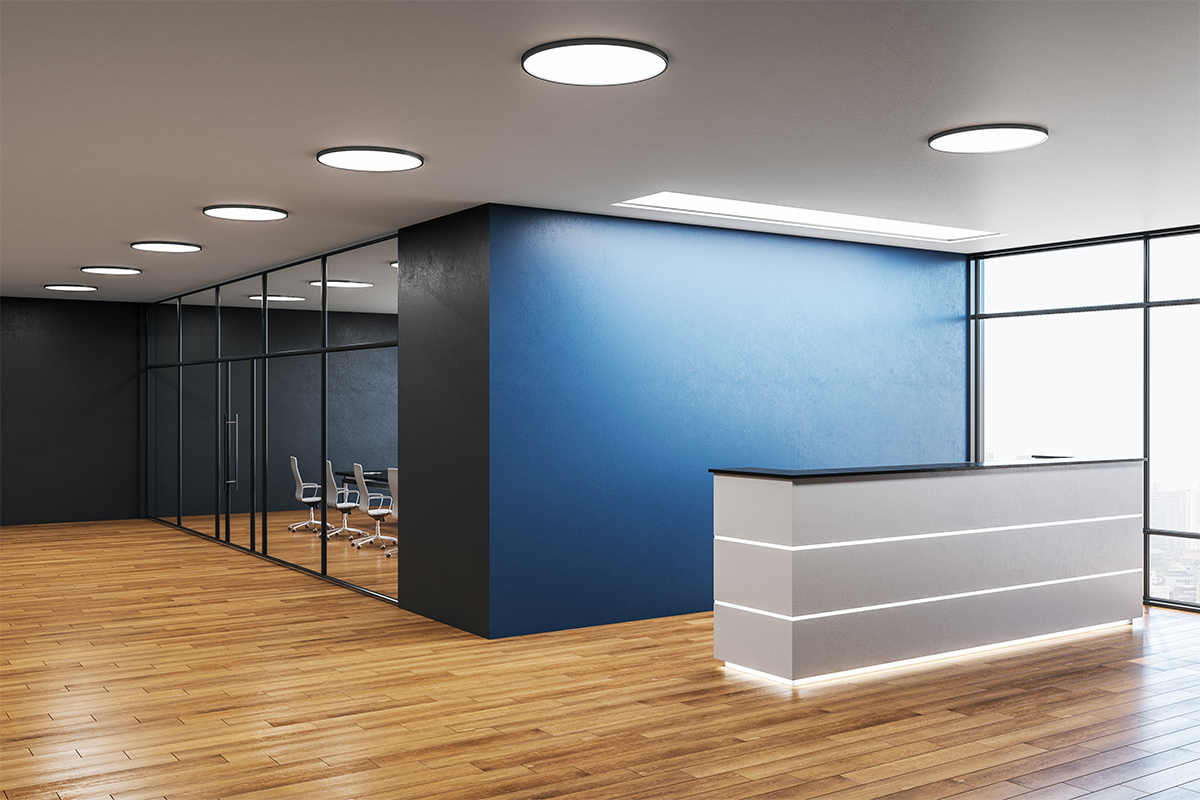
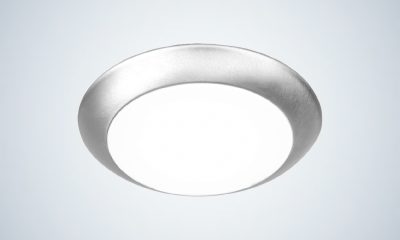
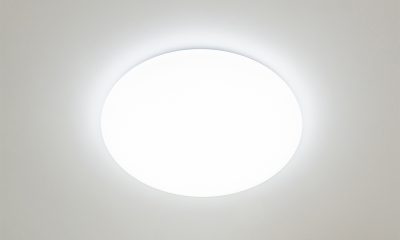
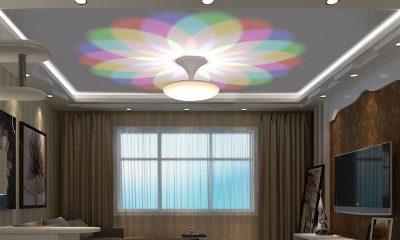
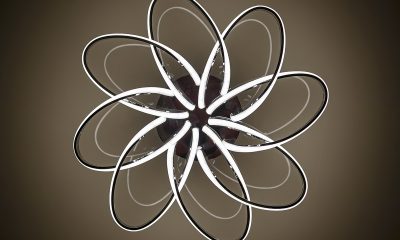
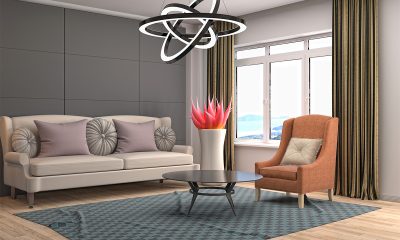



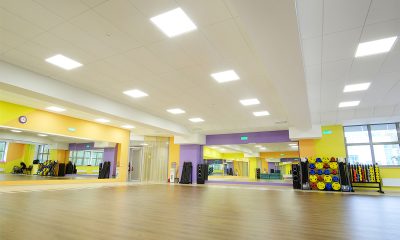


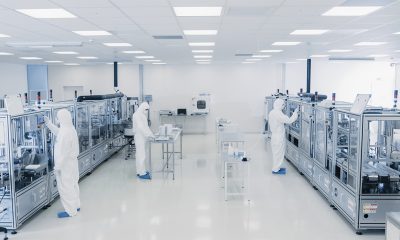





Loading...